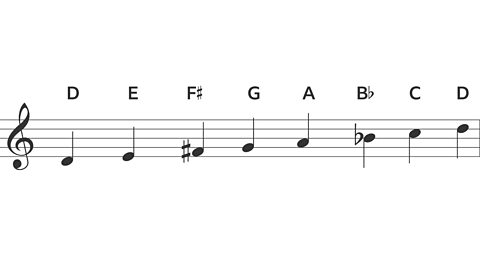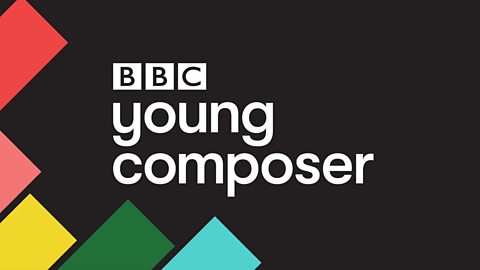- Find out about fusion musician Ravi Shankar.
- Learn about composing and improvising fusion music.
- Explore the musical terms drone, tala and raga.

What is fusion music?
Fusion music brings together two different styles of music.
It often brings together music from different parts of the world.
There are many types of fusion music:
- Jazz fusion - combines jazz with pop and rock.
- Two-tone - combines ska and punk.
- Rap metal - combines hip hop and rock.

Indian and western fusion music
Ravi Shankar was an influential Indian musician who created fusions between Indian Hindustani and western music.
He was a big influence on British bands like The Beatles and The Rolling Stones.
His Symphony mixes Indian Hindustani sitar music with a western classical orchestra.
Sitar player Gaurav Mazumdar joins the ґуПуґ«ГЅ Scottish Symphony Orchestra to perform an excerpt from the finale of Ravi Shankar’s Symphony, conducted by Roderick Cox.
Characteristics of Hindustani classical music
- Drone - long held notes.
- Tala - the rhythmic pattern, usually played on tabla drums but in this piece shared between instruments in the orchestra.
- Raga - the notes used to form the melodies which are improvised by the sitar player.
Watch this explanation of how Shankar's Symphony uses the Indian raga (melody) and tala (rhythm).
Other Indian fusion music
Banghra is a fusion music that also has its roots in Indian culture.
It combines Punjabi folk music from India and western pop music.
Popular banghra artists include Panjabi MC, Bally Sagoo and Sazia Judge.
Mundian To Bach Ke by Panjabi MC was a banghra pop hit. It used electronic instruments and traditional Punjabi instruments including the tumbi, a one-string fiddle which plays a three note riff. The song also features a sampled bass line taken from the 1980s television series Knight Rider.
Listen to Mundian To Bach Ke by Panjabi MC.
Compose your own fusion music
Work through these steps to make your own fusion music.
It will be a fusion of Indian music and your own style.
1. Play the raga scale
Watch a raga scale played in D on a piano.

2. Play the raga and a drone
Play the scale and a drone at the same time. A drone is one note held throughout the piece. Ravi Shankar uses the note D as a drone.
Tip – If using a guitar, it might be easier to use the bass E as the drone.
3. Make up a melody
Improvising is making up new musical ideas as you play. It is a great way to help you compose!
Choose two or three notes from the raga and improvise on these. Repeat but improvise something different each time.
- Change the tempo - try it slower or quicker.
- Play it backwards.
- Remove, add or repeat one or two notes.
Try out a few different combinations and decide on the order you like best. Link the melody patterns together to create a longer phrase.
4. Add a beat
Find a beat to go with your melodies. Try one of the following:
- Copy a beat from your favourite song.
- Use a sample from music software.
- Beatbox your own beat using noises with your mouth.
- Create a tala beat based on the beat in Shankar's symphony.
Play it with your melodies.
Listen to the beat. Could you use a beat like this for your composition?
5. Bring it together
Now you have developed your ideas, can you bring them together to make one piece? Decide on an order to bring in different instruments. Play your piece so that you can hear the layers together.

Use colours
To help you structure your piece, you could use colours.
The start could be green, the middle could be blue and the end could be yellow.
This can guide the mood you want to create in each section.

How to play your composition
You have three parts to play:
- melody
- drone
- rhythm
Create the separate parts in music software, play the parts as a group of three musicians or play each part yourself. Record each part separately or build up layers using a loop station.
Record your music
When you have finished, create a recording:
- Export your track from the music software.
- Record instruments playing your piece.
- Make a video, putting your music to the film.
Send your music to the ґуПуґ«ГЅ
When you have finished your composition, you can send your music to ґуПуґ«ГЅ Young Composer competition.
If you love making your own original music, then why not enter the ґуПуґ«ГЅ Young Composer competition? It is open for everyone aged 12-18.

Play Bitesize secondary games. game
Have fun playing science, maths, history, geography and language games.

More on Composing with Ten Pieces
Find out more by working through a topic